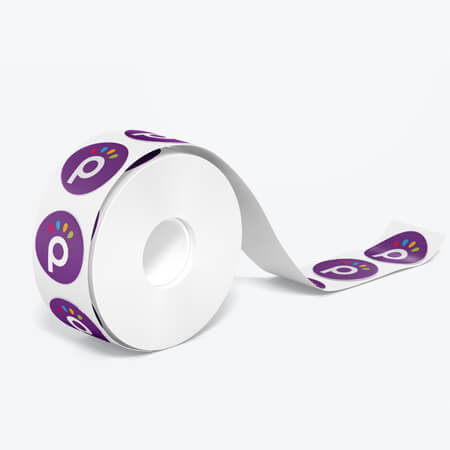The Evolution and Importance of Tissue Wrapping Paper Printing
Tissue wrapping paper has gained significant popularity over the years, especially in the retail and gift industries. The functionality it provides, combined with its aesthetic appeal, makes it an essential element for packaging and presentation. The process of printing on tissue wrapping paper has evolved considerably, enabling businesses to create a unique identity and enhance their brand visibility. This article explores the importance of tissue wrapping paper printing, its techniques, and its impact on consumer behavior.
The Significance of Tissue Wrapping Paper
Tissue wrapping paper is often used for packaging gifts, products, and even items for retail display. Its lightweight, delicate nature makes it an ideal choice for wrapping items that require a gentle touch. Beyond practicality, tissue paper serves as a blank canvas for creativity. Businesses can use custom-printed tissue paper to communicate their brand's personality, evoke emotions, and create memorable experiences for their customers.
The use of printed tissue paper adds a layer of sophistication to any package. When customers receive a beautifully wrapped gift, it enhances their perception of the brand and the thoughtfulness of the gift-giver. Printed tissue paper allows businesses to reinforce brand identity with logos, patterns, and themes that resonate with their target audience.
The Printing Techniques
The advancement of printing technology has transformed how tissue wrapping paper is produced
. Several techniques are commonly used in the printing process, each offering different benefits1. Flexographic Printing This widely used method involves transferring ink from a flexible relief plate onto the tissue paper. Flexographic printing is known for its speed and efficiency, making it suitable for large-scale production. It can accommodate a variety of inks, including water-based and solvent-based options, providing vibrant colors that can elevate the appearance of the wrapping paper.
2. Digital Printing As technology advances, digital printing has become increasingly popular for tissue wrapping paper. This method allows for high-quality, full-color prints and is ideal for short runs or custom prints. Digital printing also enables quicker turnaround times and the ability to print variable data, such as individualized messages or designs.
tissue wrapping paper printing

3. Screen Printing This technique involves forcing ink through a mesh stencil onto the tissue paper's surface. Screen printing is particularly effective for bold designs and offers excellent color saturation. However, it is generally more labor-intensive and less suitable for intricate designs compared to digital and flexographic printing.
4. Offset Printing This traditional printing method uses metal plates to transfer ink onto the paper. It excels in producing high-quality images with precise detail and is best suited for large batches of the same design. While it may not be as flexible as digital printing for smaller runs, offset printing is cost-effective for mass production.
The Impact on Consumer Behavior
The influence of tissue wrapping paper printing extends beyond aesthetics; it impacts consumer behavior significantly. According to studies, consumers are more likely to purchase products that are attractively packaged. Personalized and visually appealing wrapping paper can enhance the perceived value of a gift, leading to increased customer satisfaction.
Moreover, customized tissue paper can strengthen brand loyalty. When customers associate certain colors, patterns, or logos with a brand, it becomes easier for them to remember and identify the brand in the future. Unique wrapping paper designs can encourage customers to share their experiences on social media, effectively serving as organic advertising for businesses.
Sustainability in Tissue Paper Printing
As awareness of environmental issues grows, many companies are prioritizing sustainability in their printing practices. The demand for eco-friendly tissue wrapping paper has surged, prompting manufacturers to explore options such as recycled materials and non-toxic, biodegradable inks. By adopting sustainable practices, businesses can attract a growing demographic of environmentally conscious consumers.
Conclusion
Tissue wrapping paper printing plays a crucial role in branding, consumer perception, and environmental impact. As printing technology continues to evolve, businesses have greater opportunities to innovate and create beautiful, customized wrapping solutions that resonate with their audience. In a world where first impressions can be pivotal, investing in quality tissue wrapping paper printing is not merely an aesthetic choice but a strategic business decision that can enhance customer satisfaction and drive sales.



